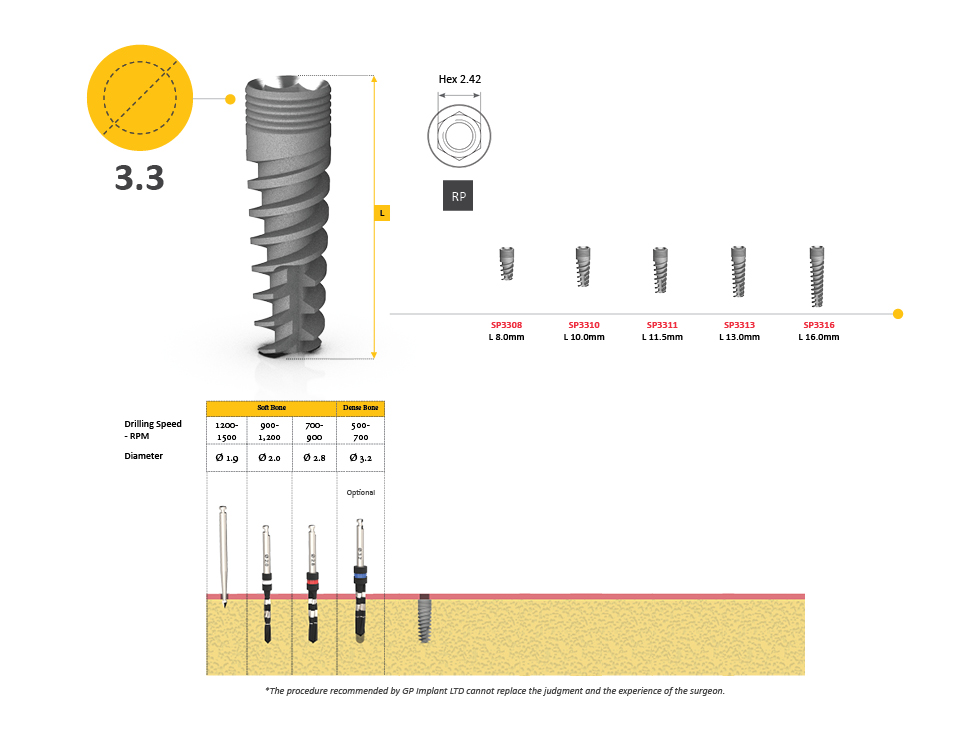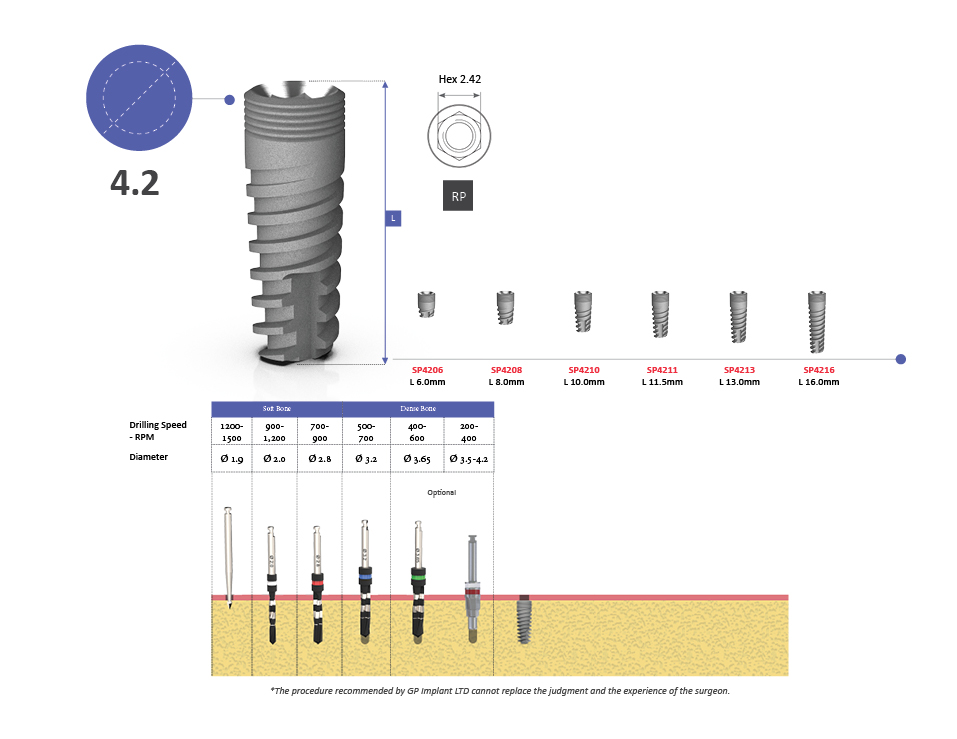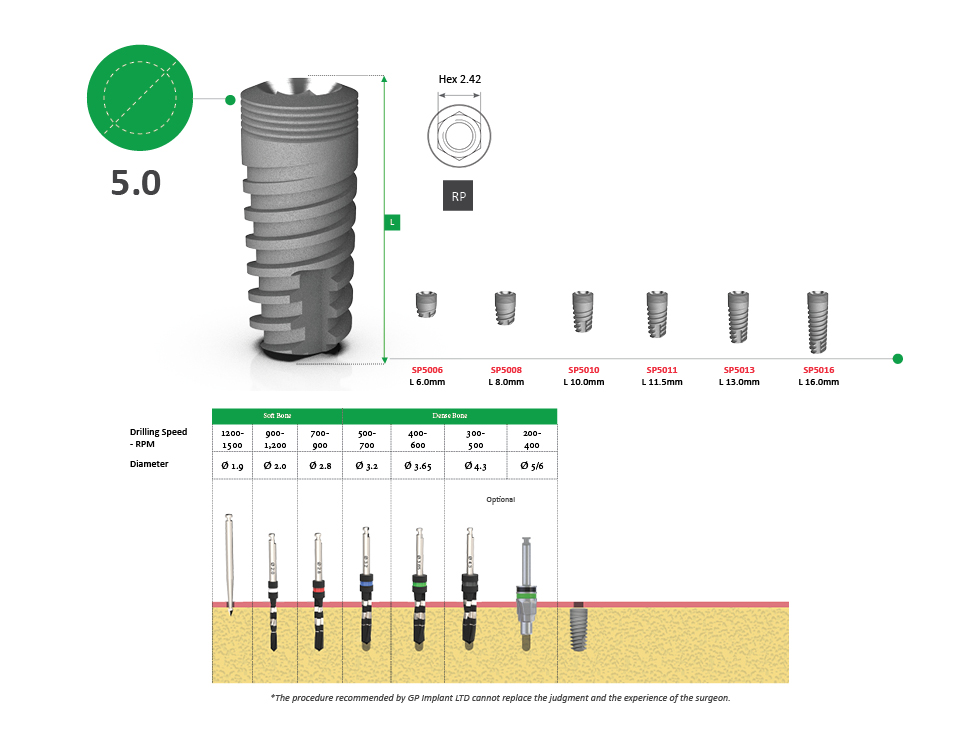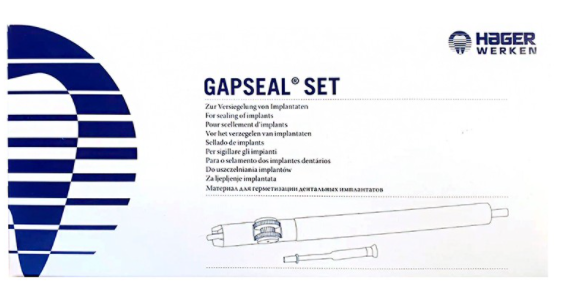
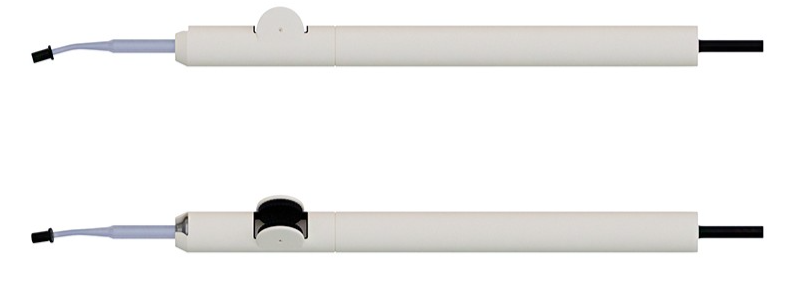
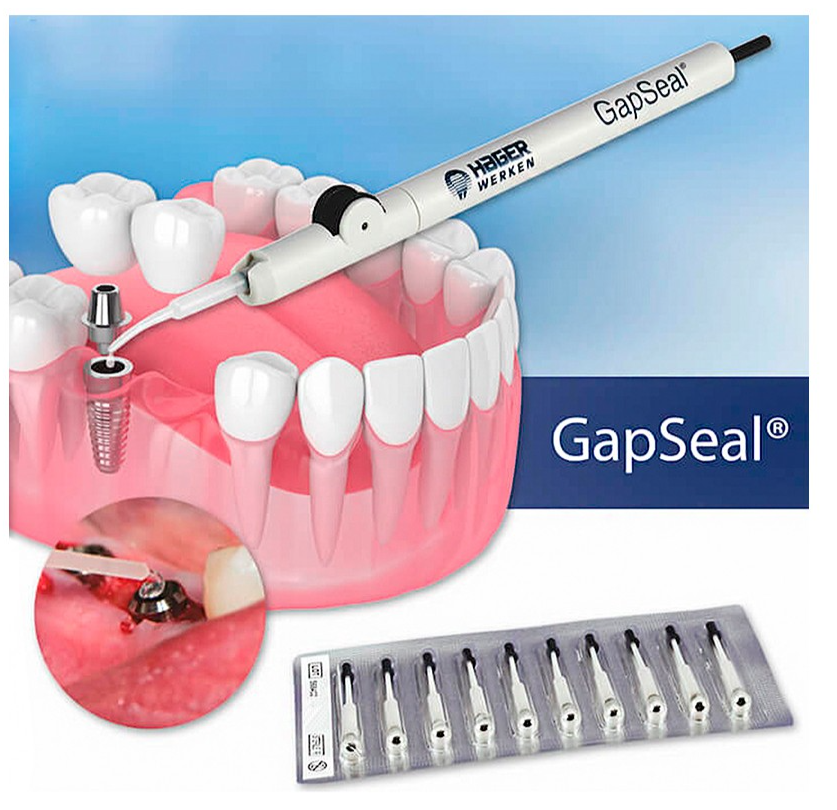
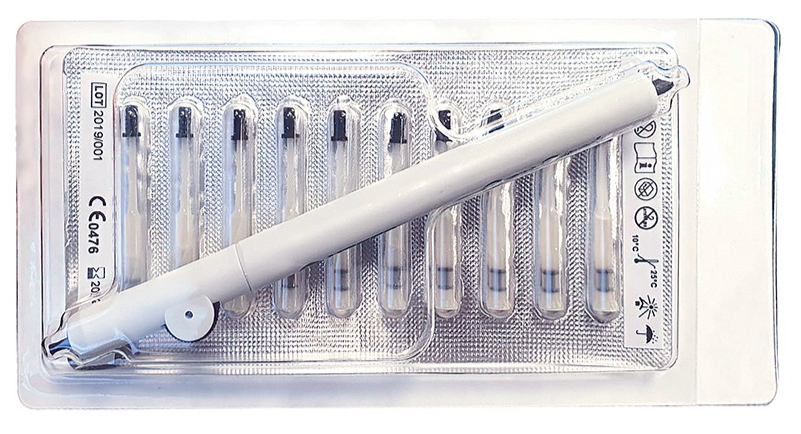
Gap Seal is based on a special composition, which includes a silicone matrix that creates an effective barrier to bacteria. This material is used immediately after implant placement. Thus, the implant is protected from the growth of bacteria, viruses, and fungi.
Gapseal is decisive against peri-implantitis. It seals implant gaps and hollow spaces. Durably stops the infiltration of germs into the hollow spaces and eliminating the risk of reinfection of the tissue. Quick and easy handling and application. Each carpule supports enough material for 2-3 implants. Successful 18-year clinical study of the University Dusseldorf, Germany.
Application Area:
GapSeal is ideal for the sealing of capillary gaps and hollow spaces of all implants. It should be used from the very beginning, immediately after installation of the implant. It is recommended to use GapSeal again for each further opening of the implant. prior to placing a healing cap, an abutment or a final restoration.
Features:
- Seals implant gaps and hollow spaces
- Durably stops infiltration of germs into the hollow spaces
- Eliminating the risk of reinfection of the tissue
- Effectively avoids the main reason for peri-implantitis
- Successful 18-year clinical study of the University Düsseldorf, Germany
- Quick and easy handling and application due to the special applicator (autoclavable)
- Each carpule supports enough material for 2 – 3 implants
SSI is the optimal solution for immediate implantation and immediate loading. The SSI dental implant has exceptional self-drilling capabilities and a unique spiral body design which enables it to change its position during placement and obtain very high primary stability even in very complicated clinical cases.
Drilling Protocol
Drill sequence by bone type -
An additional 1 mm must be added to the length of the drill to account for the angled cutting tip.
D-I, D-II Dense bone considerations -
Countersink should be used if the standard dense bone protocol is not sufficient to fully seat the implant without exceeding the recommended maximum insertion torque of max. 60Ncm for implant Ø3.75mm and above. Do not exceed max. 45Ncm for implants diameter lower than 3.75mm.
